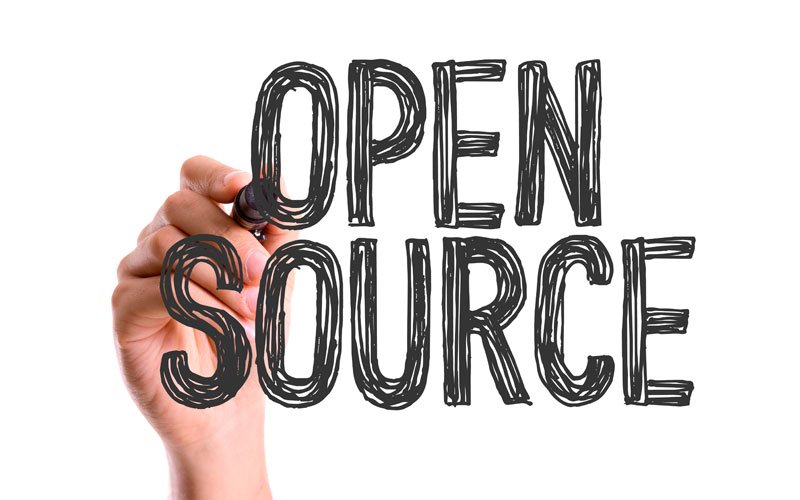Free versus Open Source License? – What is the difference + Everything you need to know
June 15, 2022

The difference between Free and Open Source Licenses is the distribution of the software. Free software licenses originate from the Free Software Foundation which imposes restrictions on the modifications you can make to the software code. Open Source licenses on the other hand do not place any restrictions.
It is common to hear various technical terms in the software space, with many people confusing some terms and using them interchangeably. For instance, I regularly see confusion between Free Software Licenses and Open Source Licenses. I will look into these two, explain their differences, and give you a clearer idea of which you are referring to when looking into various license agreements.
What is Free (Libre) Software?
The ‘Free’ term here does not refer to the price, but freedom of use. The FSF (Free Software Foundation) is a non-profit organization allowing users to study, share, and change software codes, which facilitates its development, improvements, and profit-generating potential.
The FSF states that there are 4 freedom pillars all free software must abide by, which are:
- Studying how the software works and changing it depending on your preferences and needs
- Freedom to use the software without restrictions for a certain period, such as 30 days
- Freely sharing the software to help someone who needs it
- Freedom to improve the software’s performance and release these improvements to its user community.
Types of Free Software licenses
These are the most popular license types in the world of Free Software:
- GNU General Public License – Gives you the opportunities to operate, examine, and enhance the software. It extends to any software that includes the GNU codes.
- GNU Lesser General Public License – Great for software libraries that are for use within applications.
- Mozilla Public License – Allows you to share the MPL-licensed codes when creating applications that include Mozilla codes.
- GNU Affero General Public License – This applies to server codes.
What is Open Source Software?
This is software that allows people to share and modify source codes due to its public accessibility, and it emphasizes communal developments.
License types:
- MIT License – A permissive license that enforces limited restrictions on the reuse of software.
- BSD Licenses – These are non-copyleft licenses that provide minimal restrictions on redistribution and use of the software.
- Apache License v2 – Requires the copyright disclaimer and notice to be preserved.
- Public domains – The most permissive licenses you can get. They allow you to make copyright work usable to anyone without the complex license or attribution compatibility issues.
Differences between free and open-source software
| Criteria | Free software | Open-source software |
| Definition | Emphasizes liberty instead of price, so you can change, study, improve and distribute software | Promotes a business philosophy, and allows you to access source code for collaborative development |
| Philosophy | Social movements | Development methods |
| License types | GNU General Public License, Mozilla Public License, GNU Lesser General Public License, GNU Affero General Public License | MIT, BSD, Apache, Creative Commons, Public Domains |
Conclusion
When using these terms, you should ensure they apply correctly to the specific tech product you are talking about as they are different in many ways beyond the surface.
FAQs
What are some advantages of open source licenses?
They provide flexibility, allow you to start small, and are cost-effective.
Is Free software under copyright law?
Yes, it is under copyright. The holders will need to permit you to freely use it, however.
Which is the most popular Free Software license in use today?
The MIT license is the most popular and has been so since 2015.

